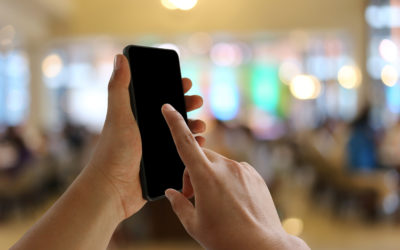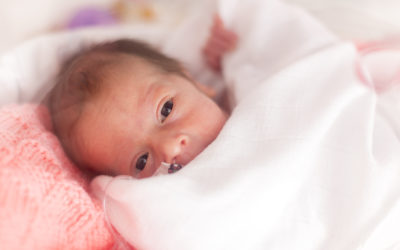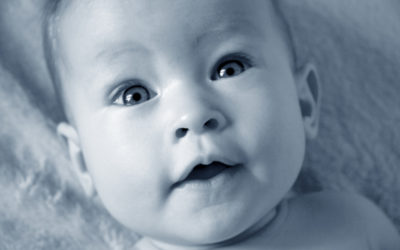
Wouldn’t it be great if we could learn things with no effort?
Well, actually we often do, and children learn vast quantities of information, and knowledge with little to no effort – think of how well we learn languages which become fiendishly difficult to learn as adults.
This is something that researchers at Ohio State University wanted to explore further. Just how much does simple exposure trigger learning.
What did they find?
Well, the good news, is they found that simple exposure seems to prime the brain for learning. In a series of experiments they conducted they saw that when exposed to different creatures, without any need to learn anything, the participants could learn the categories of these creatures much quicker when given an explicit learning task. Much quicker than if they had had no exposure.
This may sound a bit obvious, but it is not. It shows that simple exposure triggers mild learning responses and primes the brain to be ready for learning. Additional experiments showed that the exposure itself had not triggered learning because of failure to categorise these creatures at an earlier stage. It was only when active learning was stimulated that those who had had previous exposure performed much better.
All in that’s great news – simple exposure helps with learning and something we can certainly use as parents, teachers, and in business. Admittedly it is not learning with no effort, but at least learning with less effort.

Andy Habermacher
Andy is author of leading brains Review, Neuroleadership, and multiple other books. He has been intensively involved in writing and research into neuroleadership and is considered one of Europe’s leading experts. He is also a well-known public speaker speaking on the brain and human behaviour.
Andy is also a masters athlete (middle distance running) and competes regularly at international competitions (and holds a few national records in his age category).
Reference
Layla Unger, Vladimir M. Sloutsky.
Ready to Learn: Incidental Exposure Fosters Category Learning.
Psychological Science, 2022; 095679762110614
DOI: 10.1177/09567976211061470
More Quick Hits
Behaviour at eight helps predict midlife health behaviours
A long-term study in Finland has tracked children from the age of eight until the age of 50 and a new analysis of the data, just published, has looked at some of the correlations between socioemotional behaviour in childhood and later life achievement and health...
Psychedelics and consciousness
Psychedelics change our conscious experience of the world – that is part of their attraction. Now a new study out of John Hopkins Medicine has analysed data on attributions of consciousness to other animals and innate objects by those using psychedelics and how this...
Lower smartphone usage increases wellbeing
So much has been said about smartphone usage in modern times. This ranges from some who say that they are destroying our brain to others who see they benefit our cognition by outsourcing cognitive heavy tasks like remembering lists of phone numbers – thereby freeing...
Modesty preferred for cooperative teams
In an age where it appears that many people are vying for self-esteem especially through social media, this research is interesting. Particularly in business contexts where cooperation is king. Research has previously shown that appearing to be wealthy increases...
Poverty shrinks babies’ brains
Quick HitsDaily brief research updates from the cognitive sciences couple of studies have just been released which look at the brains of newborns and young babies. The results are worrying for any society. Brain scans of newborn babies from...
Babies born with five from seven functional brain networks
In the 1950s the blank slate theory was the most prominent theory ascribed to babies. They are born blank slates and then their experiences allow them to develop their networks thoughts, associations, etc., and just about everything else. Though this theory is long...






